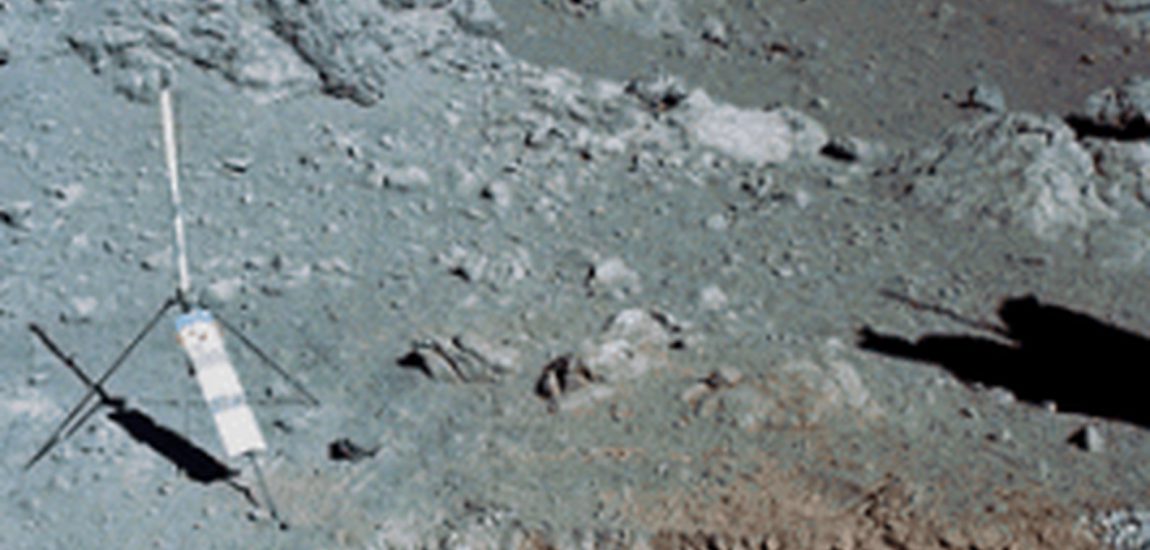
A damp Moon?
For almost 50 years the Moon was considered dry. Then in 2008 Alberto Saal and colleagues published a paper detailing the discovery of water in lunar fire fountain glasses. These findings (& a study by MCubbin et al 2007) initiated a community-wide reincarnation of lunar volatiles research.Later work would advocate in one extreme a lunar mantle with up to Earth mantle-like abundances of water and in the other for the absence of significant water in the Moon, and to this day the field remains highly volatile!
Wednesday saw a few of the lunar interior volatiles ‘big guns’ present their most recent findings. Keynote speaker Zach Sharp gave an excellent unbiased and insightful overview of the recent advancements made in our field and he highlighted particlar areas that need further consideration. Sharp stressed the importance of anhydrous magmatic conditions for producing the unique heavy Cl isotopic signatures observed in lunar samples.
This talk was accompanied by McCubbin arguing for a damp Moon of less than 5 ppm (in bulk silicate Moon) and he also advocated for a re-assessment of data and interpretations made during the last decade and proposed that we’ve been grossly overestimating the amounts of water in the Moon.
Further insights came from Greenwood who provided evidence for a Cl rich urKREEP layer in the lunar magma ocean and Furi who showed that the lunar mantle may have both a carbonaceous and or Earth-derived N signature, and the models of Visscher predict that the proto-Moon just after the giant impact should be volatile depleted.
It’s clear that there is still much work to do in this snowballing field but it’s amazing that we are still utilising samples brought from the Moon by Apollo astronauts almost 45 years ago!
